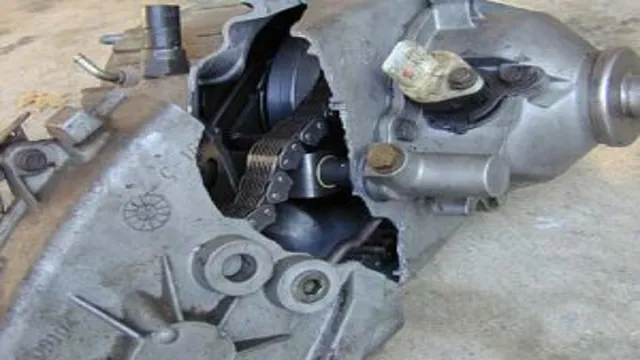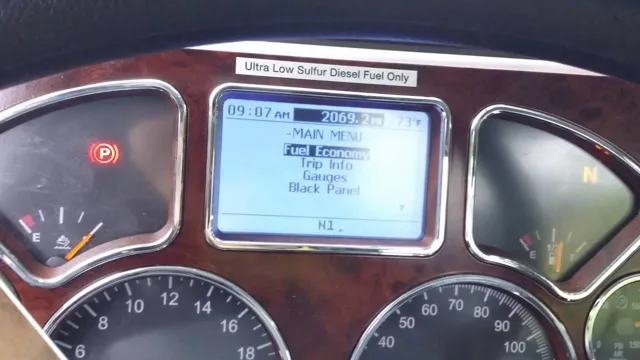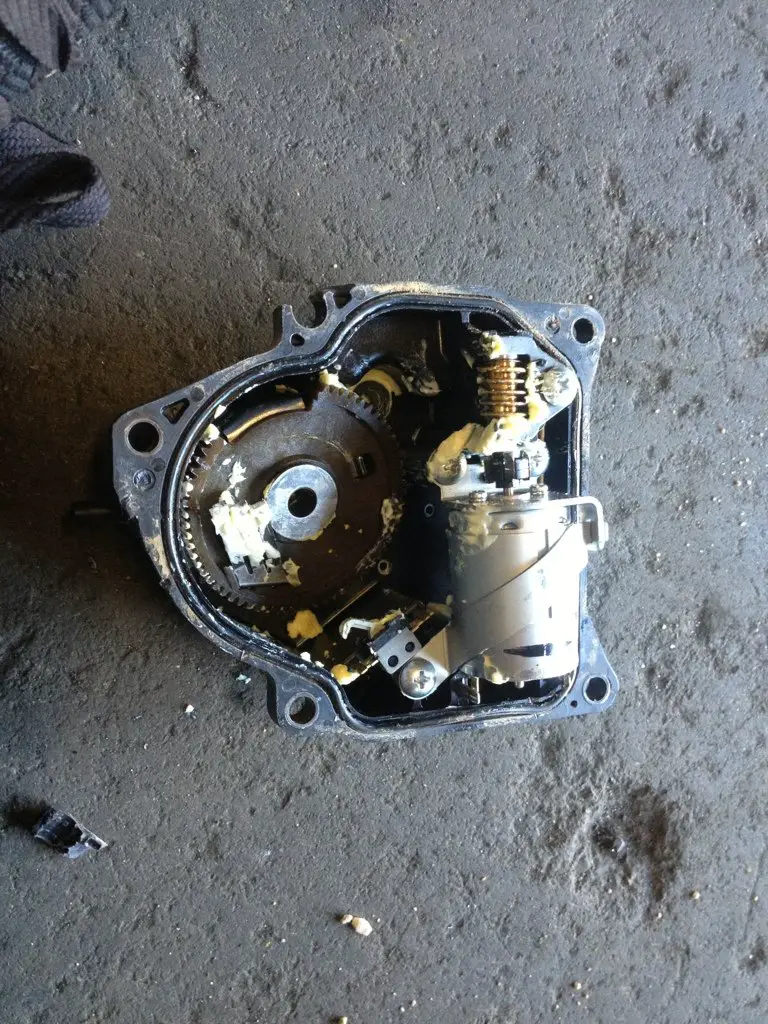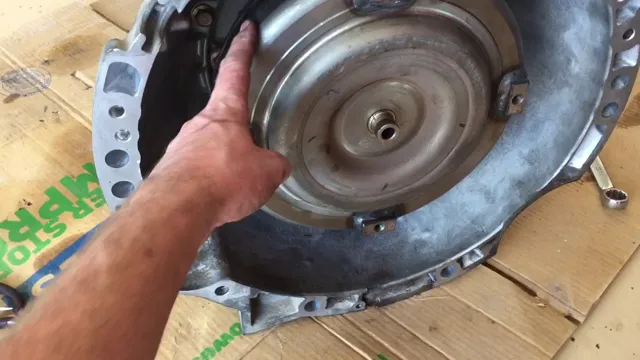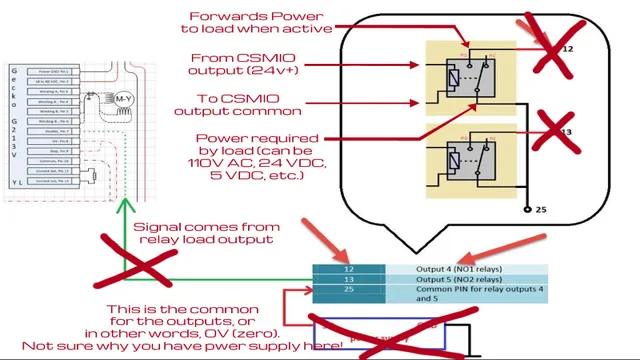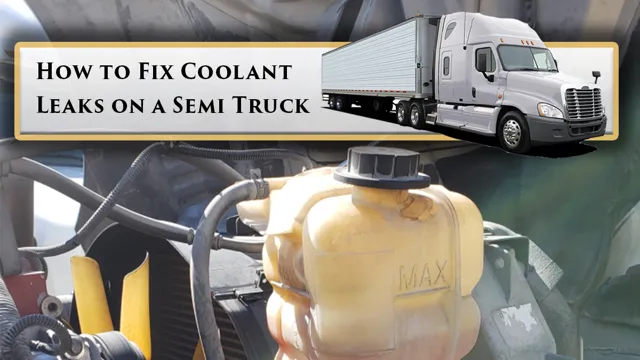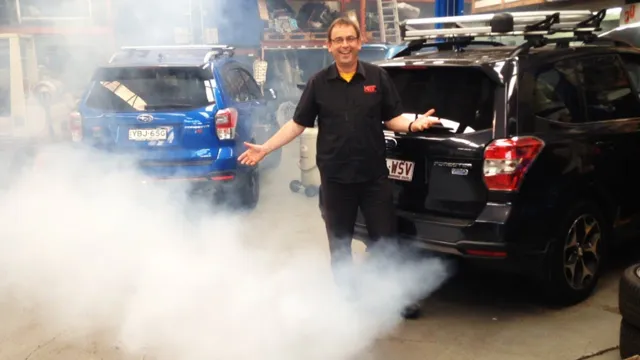Unlock Your Wheels: The Ultimate Guide on How to Fix Drivetrain Binding like a Pro!
Picture this: you’re enjoying a leisurely bike ride on a beautiful day when suddenly, your bike’s drivetrain starts to bind. As you continue pedaling, you notice the pedals feel harder to push and the chain seems to be struggling to move forward smoothly. The culprit? Drivetrain binding.
But fear not! With some basic knowledge and a few handy tips, fixing drivetrain binding can be simple and straightforward. In this blog, we’ll guide you through the steps to identify, prevent, and fix drivetrain binding on your bike. Get ready to ride smoothly and confidently once again!
Identify the Cause
If you’re experiencing drivetrain binding, the first thing you need to do is identify the cause. The problem could be due to a variety of issues, such as worn out or damaged drivetrain components, misaligned gears, or a lack of lubrication. To fix the problem, it’s important to start with a visual inspection of the drivetrain to identify any obvious damage or wear.
You can also test the drivetrain by checking how it performs under different conditions, such as while pedaling uphill or downhill. Once you’ve identified the cause of the issue, you can start working on a solution, such as replacing worn out components or making adjustments to the gears or chain. Whatever the solution, it’s important to address the issue quickly to prevent further damage and ensure that your bike rides smoothly and safely.
Check Chain and Gears
When it comes to maintaining a bike, one of the most important things to check regularly is the chain and gears. If you notice that your chain is skipping or gears are slipping, there could be a few different causes. Firstly, it could be that your chain has stretched a little over time and is no longer sitting securely on your gears.
Alternatively, your gears might be worn down, which can make them less effective. Another possibility is that your chain hasn’t been lubricated enough, which can lead to excess wear and tear. To identify the cause of the problem, it’s a good idea to take a closer look at your chain and gears.
Check if the chain is loose and if the gears are aligned properly. If you’re not sure what you’re doing, it’s always worth taking your bike to a professional mechanic who can diagnose the problem and fix it for you. Remember, keeping your chain and gears in good condition is essential for a smooth ride!
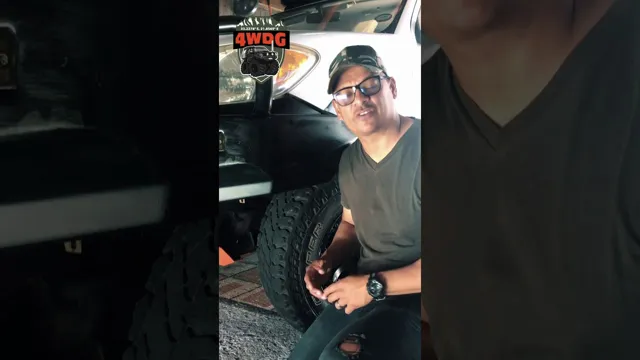
Inspect Shifters and Derailleurs
When inspecting your bike’s shifters and derailleurs, it’s important to identify the specific cause of any issues you may be experiencing. Are the gears slipping or not shifting smoothly? Is the chain jumping off the chainring or cassette? These are all common problems that can be caused by a variety of factors. One possible cause could be cable tension – if your cables are too loose or too tight, it can affect the performance of your shifters and derailleurs.
Another possibility is bent or damaged derailleur hangers, which can throw off the alignment of your gears. It’s also important to check for any debris or grime that may be interfering with your shifting. By carefully examining your shifters and derailleurs and identifying the root cause of any issues, you can ensure that your bike performs at its best and avoid any potential mishaps on your next ride.
Adjustment Tactics
Drivetrain binding is a common issue among vehicle owners, and fortunately, adjusting the drivetrain can often fix it. One common tactic is to adjust the shift cable, which can become loose or stretched over time. To do this, locate the cable near the transmission or linkage, loosen the lock nut, and then adjust the cable until it feels tight.
Another adjustment to consider is the rear derailleur on a bike, which can cause binding if not properly aligned. To fix this, adjust the limit screws on the derailleur until the shifting feels smooth and seamless. With these tactics in mind, you should be able to fix drivetrain binding and get back to enjoying a smooth ride.
Loosen Screws and Bolts
Loosening screws and bolts is a common adjustment tactic that many people can do at home. Sometimes, tightening or loosening a bolt can make a significant difference in how an object or machine operates. It’s essential to have the right tools for the job before you start.
A wrench or pliers are often required to loosen or tighten bolts. Before loosening any bolts, ensure that you have a thorough understanding of the mechanics behind the object or machine you’re tweaking. Every bolt and screw serves a specific purpose, and you don’t want to adjust or tamper with anything that could have dire consequences.
When adjusting screws and bolts, always start with the smallest adjustments and give the machine or object time to settle before moving on to more significant changes. Remember, a little bit of patience can go a long way in getting the results you want.
Realign Derailleur and Chain
When your bike chain jumps from one gear to another, it’s usually because your derailleur needs some love. A misaligned or bent derailleur can wreak havoc on your entire ride, making it harder to shift gears and even causing the chain to fall off. Luckily, adjusting your derailleur is easier than you might think.
Start by checking your chain’s tension; if it’s too loose, your derailleur won’t be able to hold it in place. Then, examine the alignment of your derailleur – if it looks bent, it probably is. With a few simple tools and some patience, you can realign your derailleur and get your ride back on track.
Remember, a well-adjusted derailleur means a smoother ride for you and your bike.
Check Chain Tension
When it comes to maintaining your bike, one crucial aspect is checking the chain tension. A loose or tight chain can cause several issues, such as premature wear on the sprockets and poor power transfer. So, it’s essential to know how to adjust the chain tension.
Firstly, you need to measure the slack by pulling the chain away from the rear sprocket. Generally, the correct slack should be around 20-30mm. Once you know the slack, you can loosen the axle nut and turn the adjuster bolts (if present) to adjust the tension.
If your bike has a single-sided swingarm, you can adjust the tension by rotating the eccentric hub. Remember to keep the wheel aligned relative to the swingarm while adjusting the tension. Once you’re happy with the tension, torque the axle nut to the manufacturer’s specification, and recheck the slack.
If your chain is too loose, you risk it jumping off the sprockets or damaging other parts. And if it’s too tight, you might damage the seals or bearings and reduce the lifespan of the chain. Therefore, it’s vital to keep the chain tension within the recommended range to ensure a smooth and safe ride.
Preventative Measures
Are you experiencing drivetrain binding issues with your vehicle and wondering how to fix it? One of the best preventative measures you can take to avoid this problem is regular maintenance and inspections of your drivetrain components. This includes checking your drive shaft, differential, and gears for any signs of wear and tear, as well as ensuring that they are properly lubricated and adjusted. Additionally, avoiding overloading your vehicle and shifting gears smoothly can also help prevent drivetrain binding.
If you do experience binding, it is important to address the issue as soon as possible to avoid further damage and costly repairs. By taking these preventative measures, you can prolong the lifespan of your vehicle’s drivetrain and avoid any unexpected issues.
Regular Maintenance
Regular maintenance is crucial for keeping any system running smoothly, and your home’s HVAC system is no exception. Preventative measures can help you avoid major issues down the line, saving you time and money. One of the best things you can do is regularly change your air filters, which can prevent dirt and debris from clogging your system and affecting the quality of your air.
Additionally, scheduling annual check-ups with a professional HVAC technician can catch any small problems before they turn into larger ones. It’s important to not neglect your system and to stay on top of regular maintenance to keep your home comfortable and energy-efficient. By doing so, you can avoid costly repairs and ensure your system lasts as long as possible.
Proper Lubrication
Proper Lubrication – Preventative Measures When it comes to maintaining your machinery and equipment, proper lubrication is a must. Not only does it help reduce friction and wear, but it also prevents overheating and prolongs the life of your equipment. However, applying the wrong type of lubricant or too much of it can actually cause more harm than good.
That’s why it’s important to take preventative measures to ensure that you’re properly lubricating your machinery. Firstly, it’s important to understand the manufacturer’s recommendations for lubrication. Refer to your equipment’s manual or consult with a reliable supplier to determine the right type and amount of lubricant to use.
Additionally, be sure to regularly inspect your equipment for leaks or signs of excess lubricant buildup. Secondly, it’s important to properly maintain and clean your equipment before lubricating it. Remove any dirt, debris, or old lubricant from the equipment and ensure that it is properly aligned before applying the new lubricant.
This ensures that the new lubricant can effectively do its job without the obstruction of other particles. Lastly, it’s important to keep a record of your lubrication routine and adhere to a regular schedule. This helps ensure that your equipment is regularly maintained and lubricated at the recommended intervals, reducing the risk of equipment failure and prolonging its lifespan.
By taking these preventative measures, you can properly lubricate your machinery and equipment, ensuring smooth operation and longevity. Don’t neglect the importance of proper lubrication – it’s a small step that can make a big difference in maintaining your valuable equipment.
Final Thoughts
In conclusion, drivetrain binding can be a frustrating issue for any motorist. However, by following some basic steps, you can fix it yourself and save yourself a trip to the mechanic. Firstly, ensure that your vehicle’s transmission fluid levels are correct, as low levels can cause binding.
Secondly, check that your driveshaft is not bent or damaged and that your U-joints are in good condition. Finally, inspect your differential and replace any worn or damaged bearings. By addressing these common issues, you can prevent drivetrain binding and enjoy a smoother driving experience.
Remember to always keep an eye on your vehicle’s maintenance schedule to address issues before they become unmanageable. With these tips, you should be able to get back on the road with confidence and a fully functioning drivetrain!
Conclusion
In the world of cars, there is nothing more frustrating than a drivetrain that is binding. But fear not, there are several steps you can take to alleviate this issue. To start, make sure that your drivetrain is properly lubricated and that all moving parts are free of debris.
Next, check your tires and suspension for any worn or damaged components that could be causing the binding. Finally, if all else fails, take your car to a trusted mechanic for further inspection. Remember: a smooth drivetrain is the key to a happy and stress-free ride, so don’t let binding put a wrench in your plans!”
FAQs
What causes drivetrain binding and how can it be prevented?
Drivetrain binding can be caused by a number of things, including worn-out components, improper adjustments, or lack of maintenance. To prevent it, make sure to have regular maintenance checks and replace any worn-out parts.
Is drivetrain binding a serious issue, and should it be immediately addressed?
Drivetrain binding can be a serious issue, as it can cause damage to other components in the vehicle. It should be addressed as soon as possible to prevent further damage.
Can drivetrain binding be fixed at home, or should it be taken to a professional?
Depending on the severity of the issue, drivetrain binding may require a professional to fix it. However, minor issues can often be fixed at home with basic tools and knowledge.
How can I tell if my vehicle is experiencing drivetrain binding?
Some common signs of drivetrain binding include difficulty shifting gears, unusual noises or vibrations, or a decrease in overall vehicle performance. If you notice any of these, it is recommended to have your vehicle inspected for drivetrain binding.

